Leanne’s been treatment-free for five years
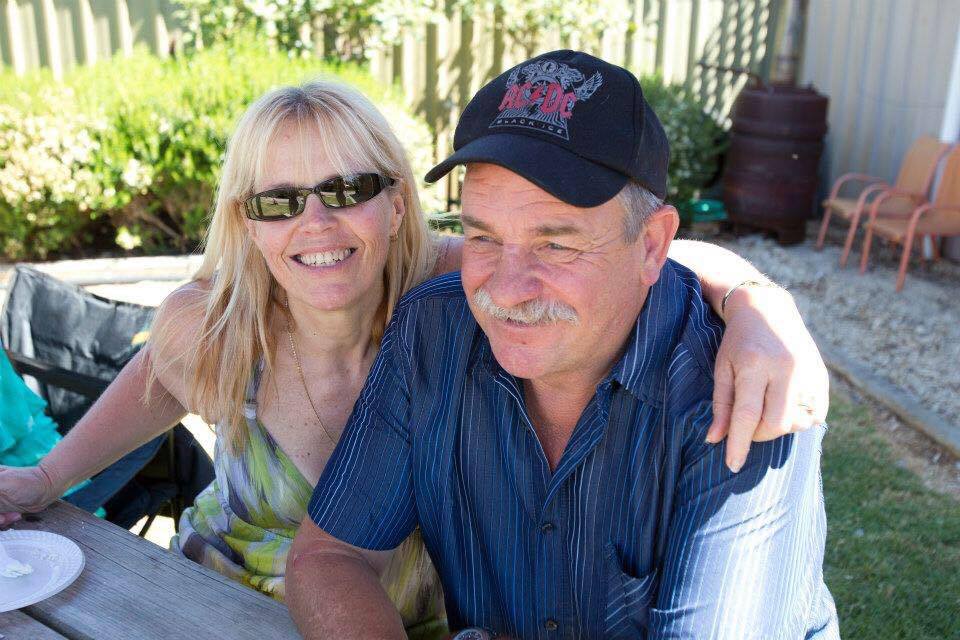
“Yeah, let’s give this a go. Let’s get these horrible drugs, that have saved my life, out of my system and see what happens.”
That was the decision Leanne Pitman and her husband, Ted, made together back in mid-2015 after her haematologist, Associate Professor David Ross, talked to her about stopping her CML treatment.
At first, she was “very scared”.
“I hadn’t heard of anyone else doing it, so it was a little bit scary not knowing what would actually happen,” said Leanne, 60, of Adelaide.
During the discussion, she was reassured that she would be monitored very closely–in fact, for the rest of her life–and if there was evidence of CML reappearing, she could restart her tyrosine kinase inhibitor (TKI).
“So that was part of the understanding when we decided to come off the medication… I knew it was there to go back to if anything happened,” explained Leanne about the option of restarting treatment.
She immediately stopped taking the nilotinib (Tasigna®) tablets she had taken religiously every day for five years. Prior to that she had been on imatinib (Glivec®) since her diagnosis with CML just before Christmas in 2006, aged 46,
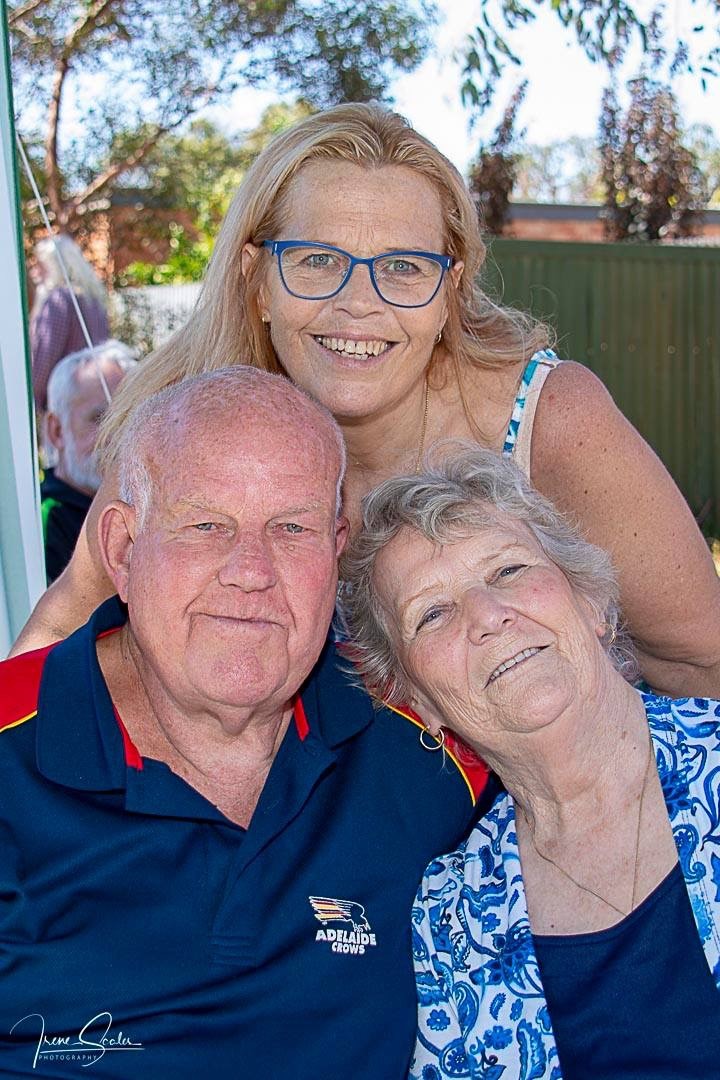
when she was living in regional South Australia.
The key reason Leanne chose to attempt treatment-free remission (TFR), under the supervision of her haematologist, was the extreme bone pain, fatigue, and other side-effects she had lived with for nine years.
“I started on Glivec and was on that for quite some time, about five years,” said Leanne, and she responded well to imatinib.
“I got to zero BCR-ABL on Glivec quite quickly, but I had a lot of trouble with side-effects. I was an absolute mess. I reckon I would have been in hospital at least once a month with it.
“Nausea was pretty bad to start with, but I seemed to manage that.
“Mostly the side-effects were bone aches. In the end, I couldn’t walk without a walking stick, I would be in that much pain continuously, vomiting from the pain. It was just really bad,” said Leanne.
“I was on Endone, Oxycontin, Panadeine. I was continuously taking painkillers, all the time.
“I can remember, when I was on Glivec, I was taking 18 tablets in the morning.
“At that stage I was still running a seven-day-a-week café.
“I’m very thankful that my daughter was in business with me, and I had some very good staff to help look after the café when I’d end up in hospital.”
At the time, the Pitmans were living at Penola, 400km from Adelaide.
“One of the hardest things, obviously, were the trips up to Adelaide all the time,” said Leanne about her regular appointments with her haematologist there.
These were initially monthly, then two-monthly, before being every three months.
“That was really hard, especially with my husband who was a truck driver. He’d have to take time off all the time,” said Leanne about Ted who had to drive her to and from Adelaide for her medical appointments.
“I couldn’t drive myself. I couldn’t drive any long distances at all.
They’d head off early in the morning and Leanne would still be her pyjamas so she could sleep on the trip.
Pain management lead to a change in therapy
Leanne was on so many painkillers that she was referred to a pain clinic in Adelaide where she was given a script for a different pain medication. When she went to fill it at Penola, the pharmacist said it would cost hundreds of dollars.
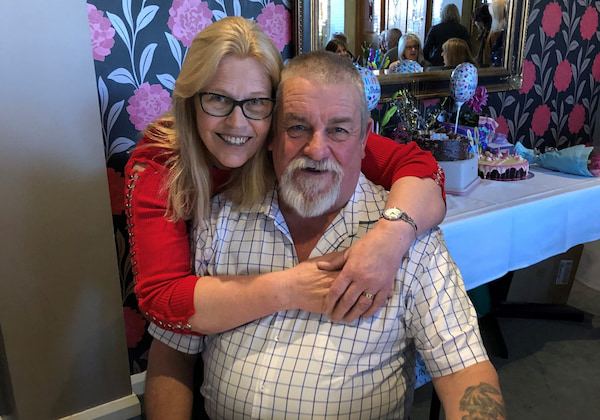
“He said he had something the same but not that brand,” said Leanne.
“Almost immediately the pain stopped. It was a miracle, and I remember handing in all my other painkillers at the hospital, because I didn’t need them.”
Leanne said, “it was fantastic”, she was just taking imatinib and the new drug… but not for long. After her next blood test, she got a call from her haematologist.
“He questioned me as to why I wasn’t taking my Glivec.
“I remember so clearly saying, ‘I swear on the lives of my children, I have not missed any of my medication’.
“Anyway, I had to go back to Adelaide again, and we worked out that the new pain medication wasn’t exactly what I had been prescribed and had counteracted the Glivec.”
As a result, there was no evidence of imatinib in Leanne’s blood and her leukaemia level had risen.
After this incident, Leanne was able to change her CML medication to nilotinib, and her side effects weren’t as bad.
“The pain came back but it wasn’t as severe, and the fatigue wasn’t as severe.
“I tolerated it [nilotinib] a lot better and I never had to go back to using the walking stick,” said Leanne.
Moving back to Adelaide was a necessity
She continued making her three-monthly trips to Adelaide until 2013 when she moved back to Adelaide, and the Leukaemia Foundation provided her with some financial support.
“In the end I had to sell my café,” said Leanne.
“It got to the stage, with the frequent trips to Adelaide and there was no doctor in Penola and having a locum meant having to go in an explain myself every time to get medication, that we decided it would be better for me to move to Adelaide permanently.
“I live 400km from my husband,” said Leanne.
“Fortunately, we’ve got a very good relationship. We talk every night on the phone.
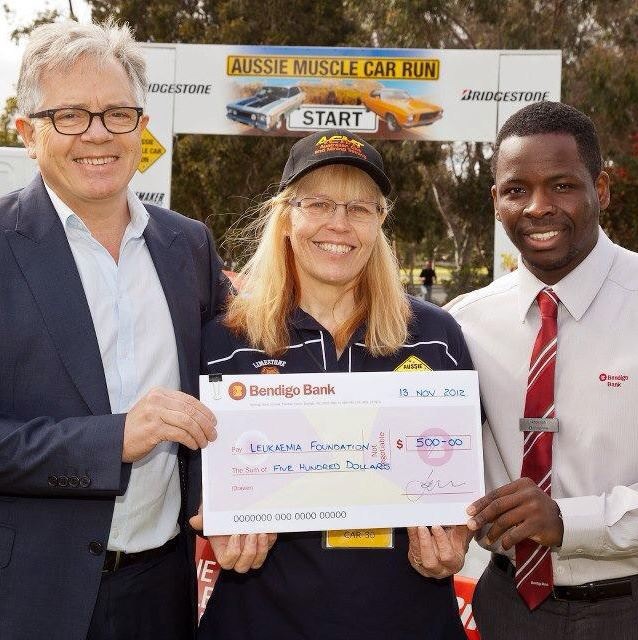
“When he gets the opportunity to come to Adelaide, he will, and he tries to come up for family events because the rest of our family now lives in Adelaide as well, or I try and get down there to him.
“It’s only been in the last two years that I’ve actually been able to drive the 400km without being in immense pain.
“Ted and I bought a large house [in Adelaide] and my parents moved in with me, so I look after them a bit, and our son and daughter and our three beautiful grandchildren are 10-minutes away.
“So if anything happens to me, or anything happens to them, we’re close together.”
And, in a couple of years, when Ted retires, he will re-join Leanne and the family in Adelaide.
The lead-up to treatment-free remission
“I had a lot of trouble getting doctors to understand what was going on with me, because this was something new, saying I had bone pain,” said Leanne.
“I was on the CML Facebook pages and I wasn’t the only one going through bone pain. Others were going through the same thing.”
Then, in July 2015, Leanne’s haematologist had a conversation with her and Ted about stopping her CML medication.
“Because my BCR-ABL1 had been zero for so long, many years,” said Leanne.
When she decided to try TFR, it was just days before going on holiday to Darwin to visit a girlfriend, and her first query was, “do I take it [the nilotinib] with me?”.
Then, because she still had “a fair bit of nilotinib”, at least a month’s worth, she wondered, “do I give it to someone else, because of the cost?”.
“I was thinking surely David [Ross] would have someone who could use it.
“Even though it was unopened, apparently you can’t reuse medications,” said Leanne, who ended up throwing out her leftover nilotinib a couple of years later when it was out-of-date.
Leanne has had no change in her blood test results since stopping nilotinib more than five years ago.
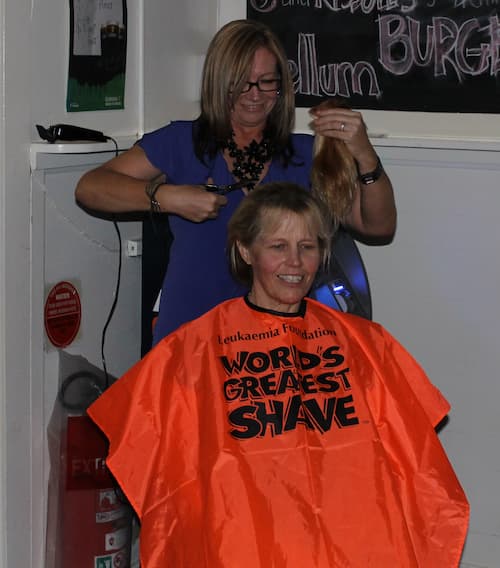
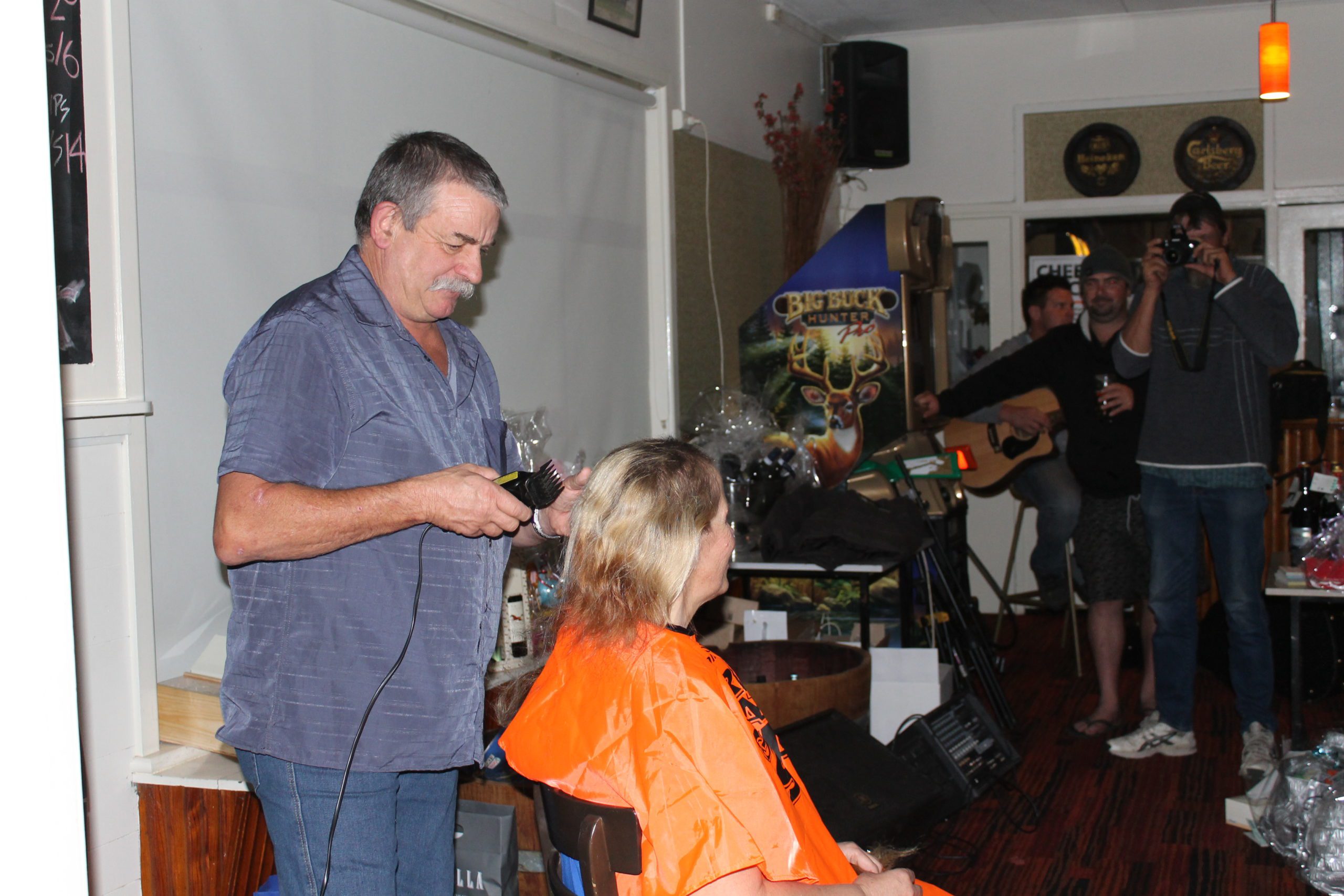
“I’m still zero in treatment-free remission.”
“I’ve had other specialised blood tests,” she Leanne who had consented to her blood samples being used for research.
“I was asked to participate in these other blood tests that had to be done on a certain day and the results took a lot longer.
“What they found, when looking deeper, is that I still have CML cells deep in my blood,” said Leanne, who was told, “they’re just sitting there”.
“I’ve done two of those tests and both times the CML cells have been there.
“I’m quite aware that if anything ever happens, there’s always the medication to go back to and I know that will control it.”
For Leanne, that’s very reassuring.
It’s five years since Leanne went on TFR and she still has a lot of side-effects.
“I still have the pains in my legs. Fatigue’s the worst, but I get on with my life and live it the best I can.
“I’m on the TFR Facebook page and it’s quite upsetting when you’re watching people and it’s, ‘oh no, blood levels have come back up. I have to start medication again’.
“That’s always in the back of my mind every time I have my blood tests.
“The last time I saw David [Ross], because it’s been five years, he seems to think it would be very unlikely now that it would come back, but you just never know.”
Leanne said she doesn’t give coming out of remission a lot of thought anymore.
“But I still say to people, because of my pain and fatigue, that I’m a leukaemia patient.”
Visits to her haematologist have dropped back to once a year, but she still has blood tests every three months, and this will continue for the rest of her life.
Looking back, Leanne thinks going on TFR was “a good decision”.
“I’m not on as many drugs, I’m a lot better off now as far as the bone pain, and I think I’m coping a lot better.”
Her advice to others regarding TFR is, “give it a go, because it gives you a break off medication, and the medication’s always there for you to go back to. That was what made our decision so much easier.”
Leanne is a great supporter of the Leukaemia Foundation, actively raising funds by taking part in the World’s Greatest Shave and Aussie Muscle Car Run twice, and she’s been an ambassador and has held Light the Night events at four different locations over the years.
Last updated on April 13th, 2021
Developed by the Leukaemia Foundation in consultation with people living with a blood cancer, Leukaemia Foundation support staff, haematology nursing staff and/or Australian clinical haematologists. This content is provided for information purposes only and we urge you to always seek advice from a registered health care professional for diagnosis, treatment and answers to your medical questions, including the suitability of a particular therapy, service, product or treatment in your circumstances. The Leukaemia Foundation shall not bear any liability for any person relying on the materials contained on this website.